Big Red – New Zealand’s endangered Pōhutukawa
Tuesday, 4 July 2017
In 2003 Rotorua Museum opened their exhibition called Big Red – celebrating the pōhutukawa. It marked 11 years of Project Crimson, a community-based project to save the endangered tree. Back then the main dangers for the pōhutukawa were possums and humans. Today Project Crimson is 27 years old, and there is a new threat to the pōhutukawa – Myrtle rust.
Click here to find out what Myrtle rust looks like and what to do if you find it.
The pōhutukawa is part of the Myrtle genus, which includes rātā, mānuka, kānuka, as well as gum trees, bottlebrushes and feijoas. Pōhutukawa grow naturally in coastal regions, but we are lucky in Rotorua as here and Taupō are the only places in New Zealand where they occur naturally inland[1].
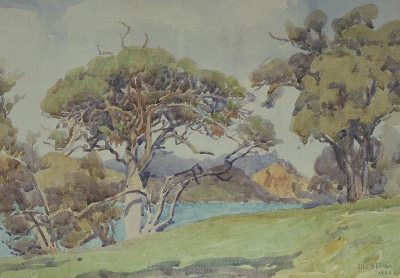
Ella Spicer, Puriri and pohutukawa trees, Parua Bay, 1926. Rotorua Museum Te Whare Taonga o Te Arawa (1986.09.05)
One of the projects undertaken by Project Crimson was a series of ‘Crimson Trails’ for people to drive and experience the true splendour of pōhutukawa, especially in the summer season. These included the Rotorua Lakes Trail
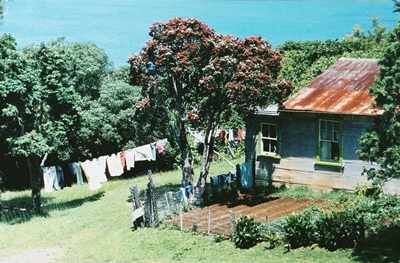
Pohutukawa tree growth at coastal location, 1980s, New Zealand, by Eric Lee-Johnson. Purchased 1997 with New Zealand Lottery Grants Board funds. © Te Papa. CC BY-NC-ND licence. Te Papa (CT.013575)
The pōhutukawa is a national symbol of great significance to both European and Māori. It appears in many Māori legends including the Arawa story of Tauninihi who saw the red-fringed coast when he arrived from Hawaiki. Assuming that better plumage awaited him, he threw his red feather head-dress in the sea, only to be disappointed when he realised that the distant ‘plumage’ was blossom[2]. To many New Zealanders the pōhutukawa symbolises long hot summers at the beach and many recognise it as the Kiwi Christmas Tree.
The pōhutukawa has long been an inspiration to artists, photographers, poets and writers. The works shown here are from the Rotorua Museum collection.
Help save the iconic pōhutukawa – be vigilant and look out for Myrtle rust.
Footnotes
[1] “Metrosideros excelsa”, from New Zealand Plant Conservation Network Website, accessed 7 June 2017, http://www.nzpcn.org.nz/flora_details.aspx?ID=975.[2] “He Aha Oti i te Ingoa M?ori What's in a Maori Name?,” Te Ao Hou No. 71 (1973): 16, accessed 7 June 2017 http://teaohou.natlib.govt.nz/journals/teaohou/issue/Mao71TeA/c3-20.html.


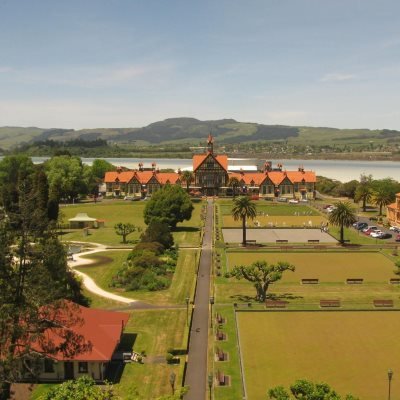
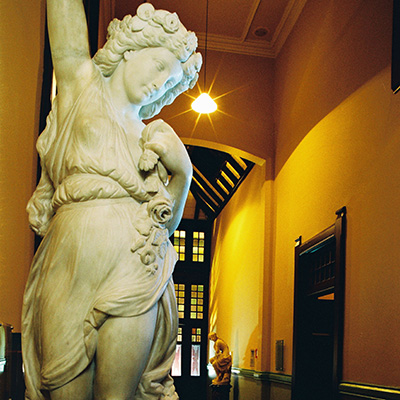




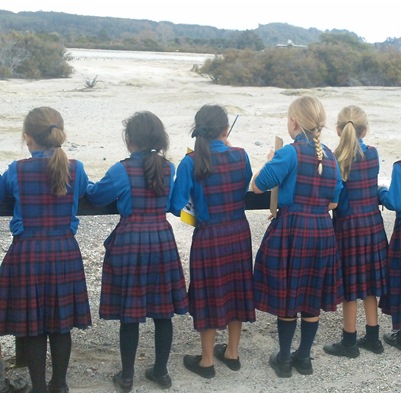
 COLLECTION CURATOR - SOCIAL HISTORY
COLLECTION CURATOR - SOCIAL HISTORY

